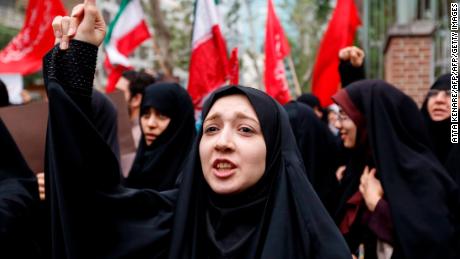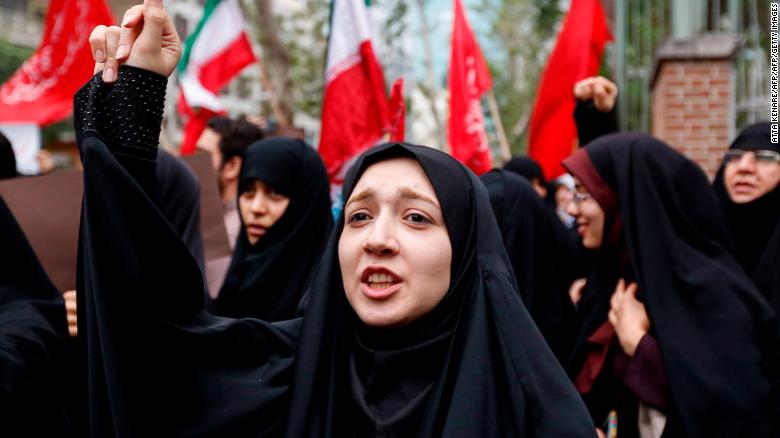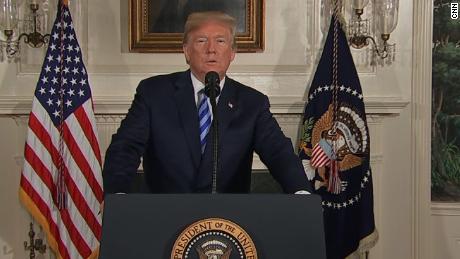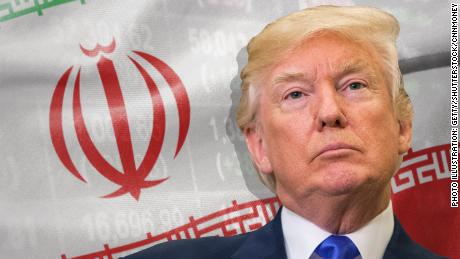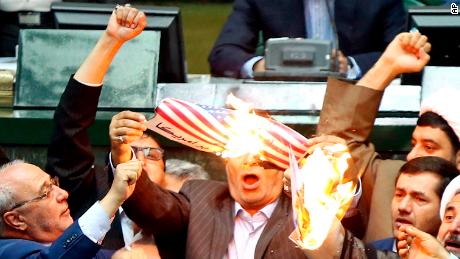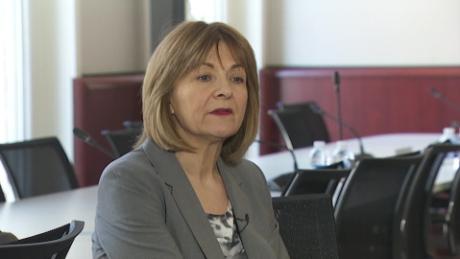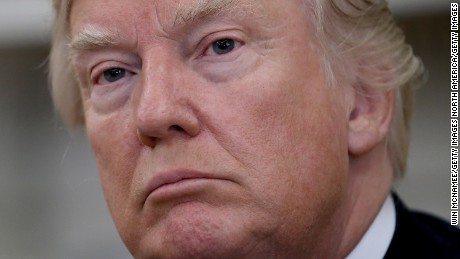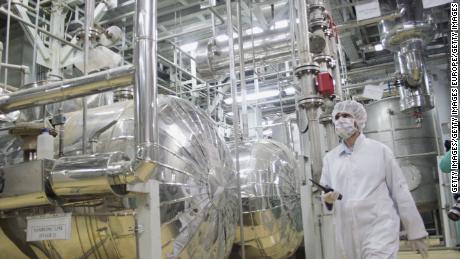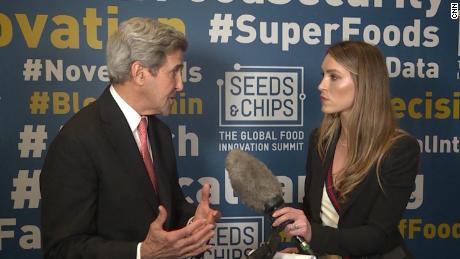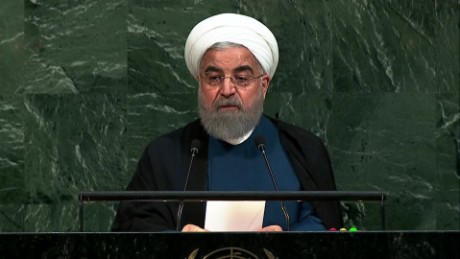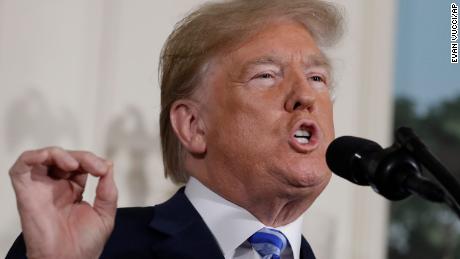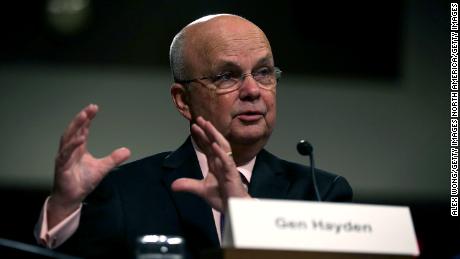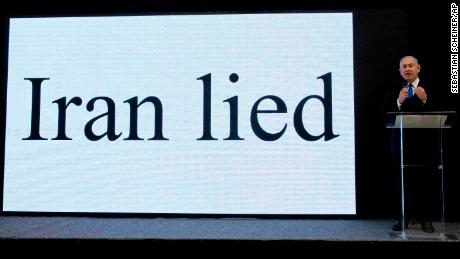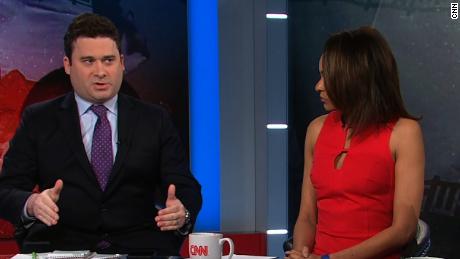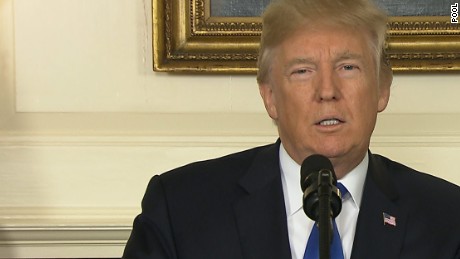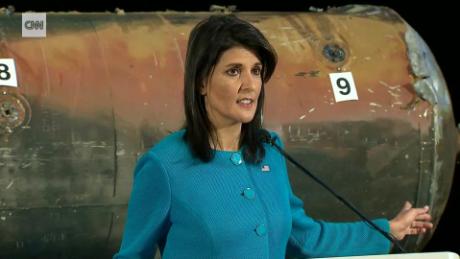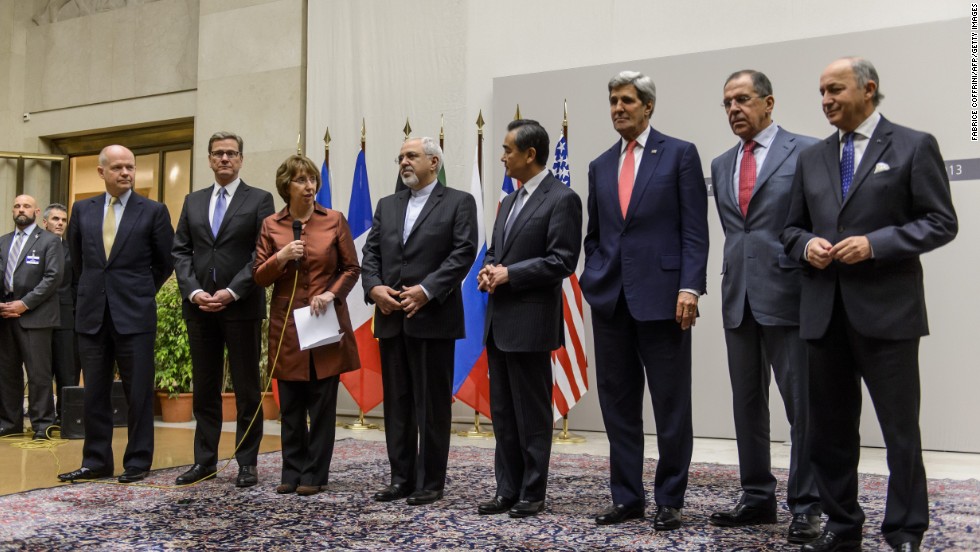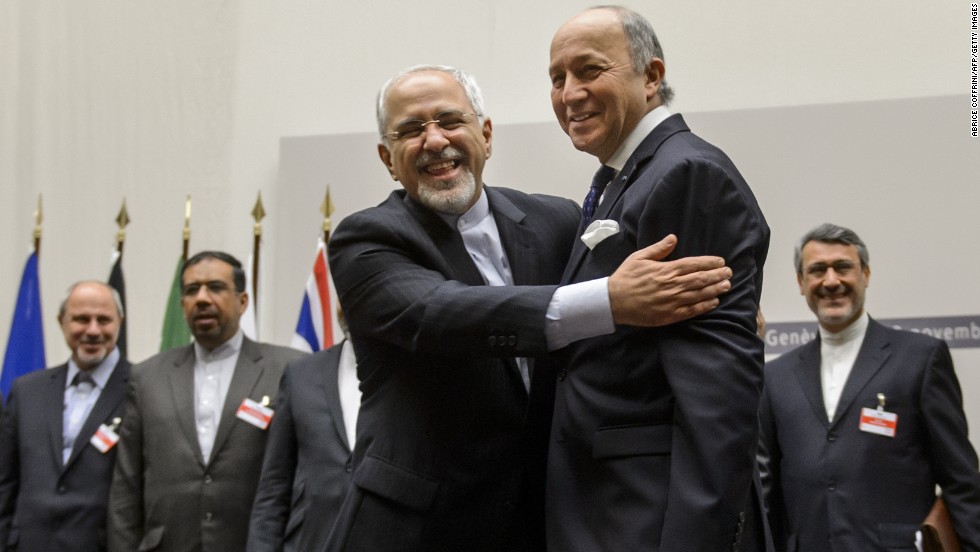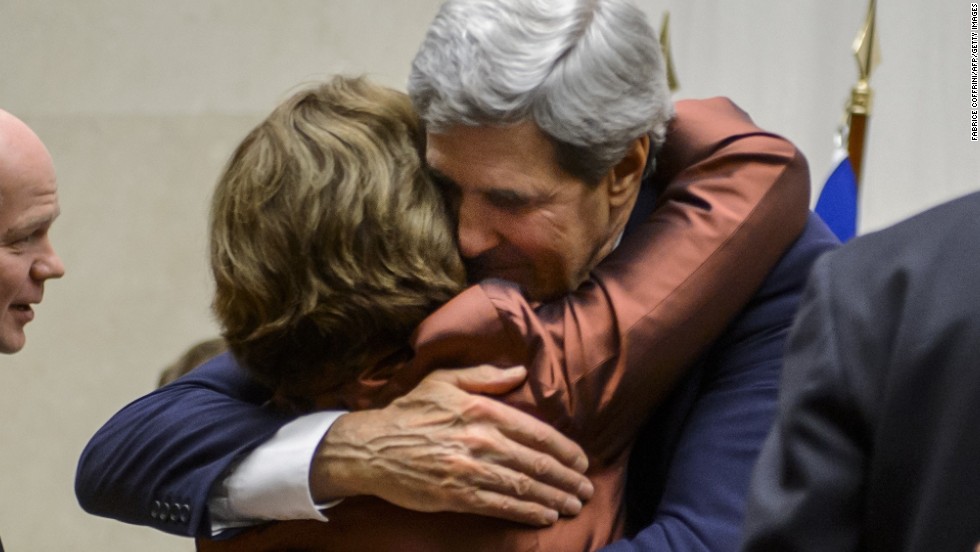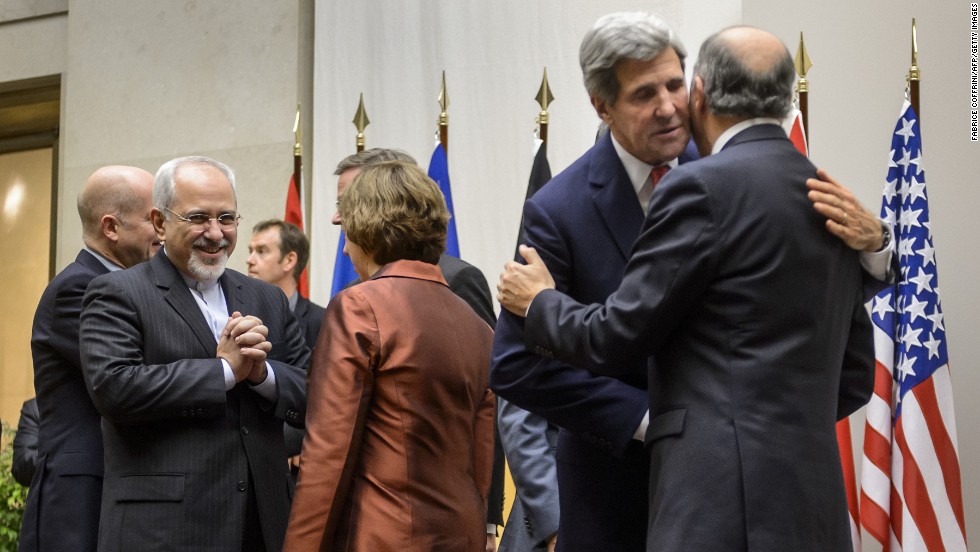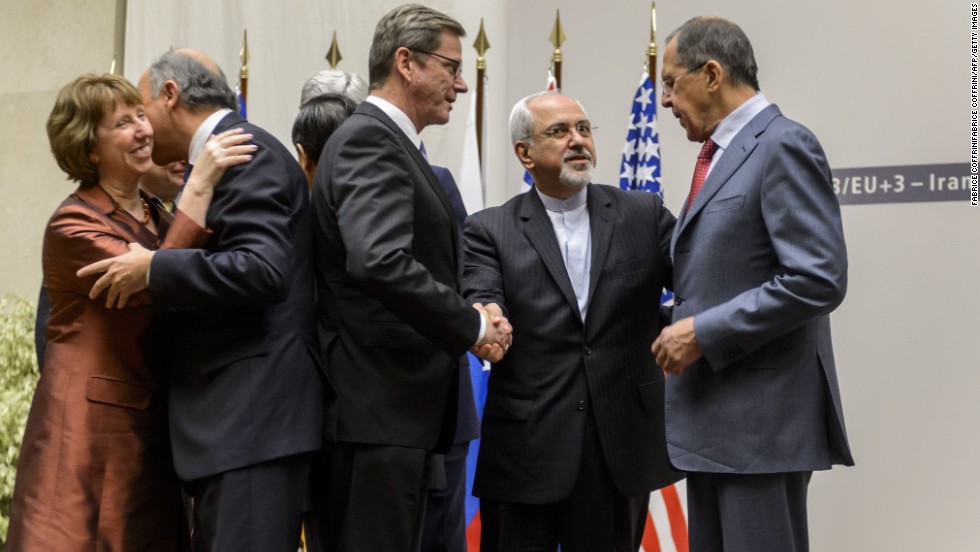(CNN)Here's a look at Iran's nuclear capabilities.
Since 2003, worldwide concern over Iran's nuclear program has increased as Iran and the International Atomic Energy Agency (IAEA) spar over investigation and details of Iran's program. Iran's Supreme Leader Ayatollah Khamenei has repeatedly denied Iran is building a bomb and says weapons of mass destruction are forbidden under Islam.
Timeline
1957 - The United States signs a civil nuclear cooperation agreement with Iran.
1958 - Iran joins the IAEA.
1967 - The Tehran Nuclear Research Center, which includes a small reactor supplied by the United States, opens.
1968 - Iran signs the Nuclear Non-Proliferation Treaty.
Mid-1970s - With US backing, Iran begins developing a nuclear power program.
1979 - Iran's Islamic revolution ends Western involvement in the country's nuclear program.
December 1984 - With the aid of China, Iran opens a nuclear research center in Isfahan.
February 23, 1998 - The United States announces concerns that Iran's nuclear energy program could lead to the development of nuclear weapons.
March 14, 2000 - US President Bill Clinton signs a law that allows sanctions against people and organizations that provide aid to Iran's nuclear program.
February 21, 2003 - IAEA Director General Mohamed ElBaradei visits Iran to survey its nuclear facilities and to encourage Iran to sign a protocol allowing IAEA inspectors greater and faster access to nuclear sites. Iran declines to sign the protocol. ElBaradei says he must accept Iran's statement that its nuclear program is for producing power and not weapons, despite claims of the United States to the contrary.
June 19, 2003 - The IAEA issues a report saying that Iran appeared to be in compliance with the Non-Proliferation Treaty, but that it needed to be more open about its activities.
August 2003 - The IAEA announces that its inspectors in Iran have found traces of highly enriched uranium at the Natanz uranium enrichment plant. Iran claims the amounts are contamination from equipment bought from other countries. Iran agrees to sign a protocol of the Nuclear Non-Proliferation treaty that allows for unannounced visits to their nuclear facilities and signs it on December 18, 2003.
October 2003 - The Foreign Ministers of Britain, France and Germany visit Tehran, and all parties agree upon measures Iran will take to settle all outstanding issues with the IAEA. Under obligation to the IAEA, Iran releases a dossier on its nuclear activities. However, the report does not contain information on where Iran acquired components for centrifuges used to enrich uranium, a fact the IAEA considers important in determining whether the uranium is to be enriched for weapons.
November 2003 - Iran agrees to halt uranium enrichment as a confidence building measure and accepts IAEA verification of suspension.
December 2003 - Iran signs the Additional Protocol to the nuclear Non-Proliferation Treaty with the IAEA voluntarily agreeing to broader inspections of its nuclear facilities.
February 2004 - A.Q. Khan, "father" of Pakistan's nuclear weapons program, admits to having provided Iran and other countries with uranium-enrichment equipment.
June 1, 2004 - The IAEA states they have found traces of uranium that exceed the amount used for general energy production. Iran admits that it is importing parts for advanced centrifuges that can be used to enrich uranium, but is using the parts to generate electricity.
July 31, 2004 - Iran states that it has resumed production on centrifuge parts used for enriching uranium, but not enrichment activities.
August 8, 2005 - Iran restarts uranium conversion, a step on the way to enrichment, at a nuclear facility, saying it is for peaceful purposes only, and flatly rejects a European offer aimed at ensuring the nation does not seek nuclear weapons.
August 9, 2005 - Iran removes the IAEA seals from its Isfahan nuclear processing facility, opening the uranium conversion plant for full operation. IAEA spokesman Mark Gwozdecky states that the plant "is fully monitored by the IAEA" and "is not a uranium enrichment plant."
September 11, 2005 - Iran's new foreign minister, Manouchehr Mottaki, says the country won't suspend activities at its Isfahan uranium conversion facility and it plans to seek bids for the construction of two more nuclear plants.
January 10, 2006 - Iran resumes research at its Natanz uranium enrichment plant, arguing that doing so is within the terms of an agreement with the IAEA.
January 12, 2006 - Foreign ministers of the EU3 (Great Britain, France, Germany) recommend Iran's referral to the United Nations Security Council over its nuclear program.
January 13, 2006 - Mottaki states that if Iran is referred, its government under law will be forced to stop some of its cooperation with the IAEA, including random inspections.
February 4, 2006 - President Mahmoud Ahmadinejad orders Iran to end its cooperation with the IAEA.
April 11, 2006 - Hashemi Rafsanjani, Iran's former president, states that Iran has increased the number of functioning centrifuges in its nuclear facilities in Natanz and has produced enriched uranium from them.
August 31, 2006 - The IAEA issues a report on Iran saying the Islamic republic "has not suspended its enrichment activities" despite this day's deadline to do so. Iran can possibly face economic sanctions.
December 23, 2006 - The UN Security Council votes unanimously to impose sanctions against Iran for failing to suspend its nuclear program.
February 22, 2007 - The IAEA issues a statement saying that Iran has not complied with the UN Security Council's call for a freeze of all nuclear activity. Instead, Iran has expanded its uranium enrichment program.
March 24, 2007 - The United Nations adopts Resolution 1747 which toughens sanctions against Iran. The sanctions include the freezing of assets of 28 individuals and organizations involved in Iran's nuclear and missile programs. About a third of those are linked to the Iranian Revolutionary Guard, an elite military corp.
May 23, 2007 - The IAEA delivers its report to the United Nations on Iran's nuclear activities. The report states that not only has Iran failed to end its uranium enrichment program but has in fact expanded its activity.
June 21, 2007 - Iran's Interior Minister Mostafa Pour-Mohammadi claims, "Now we have 3,000 centrifuges and have in our warehouses 100 kilograms of enriched uranium...We also have more than 150 tons of raw materials for producing uranium gas."
December 2007 - A US intelligence report finds that Iran abandoned a nuclear weapons program in 2003.
February 20, 2009 - The Institute for Science and International Security reports that Iranian scientists have reached "nuclear weapons breakout capability." The report concludes Iran does not yet have a nuclear weapon but does have enough low-enriched uranium for a single nuclear weapon. An official at the IAEA cautions about drawing such conclusions. The IAEA says Iran's stock of low-enriched uranium would have to be turned into highly enriched uranium to become weapons-grade material.
February 25, 2009 - Iran runs tests at its Bushehr nuclear power plant using "dummy" fuel rods loaded with lead in place of enriched uranium to simulate nuclear fuel. A news release distributed to reporters at the scene states the test measured the "pressure, temperature and flow rate" of the facility to make sure they were at appropriate levels. Officials say the next test will use enriched uranium, but it's not clear when the test will be held or when the facility will be fully operational.
September 21, 2009 - In a letter to the IAEA, Iran reveals the existence of a second nuclear facility. It is located underground at a military base, near the city of Qom.
October 25, 2009 - IAEA inspectors make their first visit to Iran's newly disclosed nuclear facility near Qom.
February 18, 2010 - In a statement, the IAEA reports that it believes Iran may be working in secret to develop a nuclear warhead for a missile.
August 21, 2010 - Iran begins fueling its first nuclear energy plant, in the city of Bushehr.
December 5, 2010 - Ali Akbar Salehi, Iran's atomic chief and acting foreign minister, announces that Iran's nuclear program is self-sufficient and that Iran has begun producing yellowcake, an intermediate stage in processing uranium.
January 8, 2011 - Salehi reports that Iran can now create its own nuclear fuel plates and rods.
September 4, 2011 - Iran announces that its Bushehr nuclear power plant joined the electric grid September 3, making it the first Middle Eastern country to produce commercial electricity from atomic reactors.
September 5, 2011 - In response to Iran's nuclear chief stating that Iran will give the IAEA "full supervision" of its nuclear program for five years if UN sanctions are lifted, the European Union says that Iran must first comply with international obligations.
November 8, 2011 - The IAEA releases a report saying that it has "serious concerns" and "credible" information that Iran may be developing nuclear weapons.
January 9, 2012 - The IAEA confirms that uranium enrichment has begun at the Fordo nuclear facility in the Qom province in northern Iran.
January 23, 2012 - The European Union announces it will ban the import of Iranian crude oil and petroleum products.
January 29, 2012 - A six-member delegation from the IAEA arrives in Tehran for a three-day visit, shortly after the EU imposes new sanctions aimed at cutting off funding to the nuclear program.
January 31, 2012 - In Senate testimony James Clapper, Director of National Intelligence, says there's no evidence Iran is building a nuclear bomb. CIA Director David Petraeus agrees.
February 15, 2012 - Iran loads the first domestically produced nuclear fuel rods into the Tehran research reactor.
February 21, 2012 - After two days of talks in Iran about the country's nuclear program, the IAEA expresses disappointment that no progress was made and that their request to visit the Parchin military base was denied.
March 28, 2012 - Discussions regarding Iran's nuclear future stall.
April 14, 2012 - Talks resume between Iran and six world powers over Iranian nuclear ambitions in Istanbul, Turkey.
May 25, 2012 - An IAEA report finds that environmental samples taken at the Fordo fuel enrichment plant near the city of Qom have enrichment levels of up to 27%, higher than the previous level of 20%.
June 18-19, 2012 - A meeting is held between Iran and the P5+1 (United States, France, Russia, China, Great Britain and Germany) in Moscow. No agreement is reached.
June 28, 2012 - Iranian negotiator, Saeed Jalili writes to European Union foreign policy chief Catherine Ashton warning world powers to avoid "unconstructive measures" such as the oil embargo that's about to go into effect and that was agreed upon by the EU in January.
July 1, 2012 - A full embargo of Iranian oil from the EU takes effect.
August 30, 2012 - A UN report finds that Iran has stepped up its production of high-grade enriched uranium and has re-landscaped Parchin, one of its military bases, in an apparent effort to hamper a UN inquiry into the country's nuclear program.
September 24, 2013 - During a speech at the UN General Assembly, Iranian President Hassan Rouhani says, "Nuclear weapons and other weapons of mass destruction have no place in Iran's security and defense doctrine, and contradict our fundamental religious and ethical convictions."
October 16, 2013 - The latest discussions between Iran and the six world powers center on a proposal put forth by Iran to recognize the peaceful nature of its nuclear energy pursuits. The meeting is described as "substantive and forward-looking."
November 24, 2013 - Six world powers and Iran reach an agreement over Iran's nuclear program. The deal calls on Iran to limit its nuclear activities in return for lighter sanctions.
January 20, 2014 - Iran's nuclear spokesman Behrouz Kamalvandi tells state-run news agency IRNA that Iran has started suspending high levels of uranium enrichment.
January 20, 2014 - The European Union announces that it has suspended certain sanctions against Iran for six months.
February 20, 2014 - Following talks in Vienna, EU foreign policy chief Catherine Ashton and Iranian Foreign Minister Mohammad Javad Zarif announce that a deal on the framework for comprehensive negotiations over Tehran's nuclear program has been reached.
April 2, 2015 - Negotiators from Iran, the United States, China, Germany, France, Britain and Russia reach a framework for an agreement on Iran's nuclear capabilities, which includes reducing its stockpile of low-enriched uranium by 98%.
April 9, 2015 - Rouhani announces that Iran will only sign a final nuclear agreement if economic sanctions are lifted on the first day of implementation.
July 14, 2015 - A deal is reached on Iran's nuclear program. The Joint Comprehensive Plan of Action (JCPOA) reduces the number of Iranian centrifuges by two-thirds. It places bans on enrichment at key facilities, and limits uranium research and development to the Natanz facility. On July 20, the UN Security Council endorses the nuclear deal.
January 16, 2016 - IAEA Director General Yukiya Amano says Iran has completed all the necessary steps agreed under the nuclear deal, and that all participants can begin implementing the JCPOA.
March 8-9, 2016 - Iran test-fires two Qadr ballistic missiles during a large-scale military drill, according to Iran's state-run Press TV. US officials say that the tests do not violate the JCPOA but are very likely in breach of a UN resolution calling on Iran not to undertake ballistic missile activity.
January 29, 2017 - Iran launches a medium-range ballistic missile, its first missile test since Donald Trump became US president, but the test fails, according to information given to CNN by a US defense official.
February 3, 2017 - In reaction to the January 29 missile test, the US Treasury Department says it is applying sanctions on 25 individuals and companies connected to Iran's ballistic missile program and those providing support to Iran's Islamic Revolutionary Guard Corps' Qods Force. Flynn says the tests were in defiance of a UN Security Council resolution that bars Iran from taking steps on a ballistic missile program capable of launching nuclear weapons.
October 13, 2017 - Trump decertifies Iran's compliance with the nuclear agreement, declaring that the pact was not in US interests and unveiling a tough new policy toward the Islamic Republic. The move stops short of completely scrapping the agreement, instead kicking it to Congress, who then has 60 days to determine a path forward. Congress allows the 60-day deadline to pass without action.
May 8, 2018 - Trump announces that the United States will withdraw from the JCPOA and will be imposing "the highest level of economic sanctions" against Iran. In Tehran, Rouhani says Iran will take a few weeks to decide how to respond to the US withdrawal, but Rouhani says he had ordered the country's "atomic industry organization" to be prepared to "start our industrial enrichment without limitations."
May 21, 2018 - Speaking at the Heritage Foundation, US Secretary of State Mike Pompeo says the Trump administration is "open to new steps" with Iran, including a diplomatic relationship. Part of 12 preconditions: Iran must acknowledge past military dimensions of its nuclear program and expand access given to nuclear inspectors. The United States will then be willing to end sanctions, re-establish commercial relationships and allow Iran to have advanced technology.
March 22, 2019 - The US State and Treasury departments sanction 14 individuals and 17 entities linked to SPND, Iran's organization for defense, innovation and research. In announcing the sanctions, senior administration officials suggest repeatedly that the existence of SPND and its subordinate organizations could provide cover for them to continue missile-related activity.
May 8, 2019 - Rouhani announces a partial withdrawal from the JCPOA.
May 16, 2019 - A US official with knowledge of the situation tells CNN that there are multiple images of commercial Iranian ships carrying missiles and other munitions.
June 17, 2019 - Iran has increased its low-enriched uranium production and in 10 days will pass the 300 kilogram limit it is allowed to stockpile under the nuclear deal, according to Kamalvandi.
July 7, 2019 - At the end of a 60-day ultimatum which Iran gave to the JCPOA's European signatories to ease sanctions, spokesman Ali Rabiei says Iran will enrich uranium past the agreed upon limit of 3.67% purity.
September 23, 2019 - In an interview with CNN's Christiane Amanpour, Zarif outlines a proposal for an agreement that would augment the defunct nuclear deal. In return for lifting sanctions, Iran would be prepared to sign an additional protocol, allowing for more intrusive inspections of the country's nuclear facilities at an earlier date than that set out previously. Khamenei would also enshrine a ban on nuclear weapons in law, Zarif says.
September 26, 2019 - Rouhani confirms a report by Reuters that Iran is using advanced models of centrifuges to enrich uranium. He says Iran has no plans to increase the enrichment level and will resume talks with the United States if sanctions are lifted.
November 5, 2019 - Rouhani announces Iran will begin injecting uranium gas into 1,044 centrifuges that had been spinning empty at its Fordow plant. The move marks a break from the terms of the accord, which limited Iran to operating around 5,000 older-model centrifuges.
December 4, 2019 - The United Nations releases a letter authored by ambassadors from France, Germany and the United Kingdom who allege that Iran has developed nuclear-capable ballistic missiles. The letter lists four examples and cites footage of a test flight of a new Shahab-3 ballistic missile, which has a booster "technically capable of delivering a nuclear weapon."
January 5, 2020 - After a cabinet meeting in Tehran, Iran announces that it will no longer limit itself to restrictions contained in the JCPOA. In a statement, Iran indicates it "will return to JCPOA limits once all sanctions are removed from the country."
March 3, 2020 - In a report to member states, and obtained by CNN, the IAEA says that Tehran's stockpiles of low enriched uranium now far exceed 300 kilograms, the limit set by the 2015 Iran nuclear deal. The report notes that Iran has nearly tripled its stockpile of low enriched uranium since November 2019, indicating a significant jump in production.
November 27, 2020 - According to Iran's semi-official news agency, ISNA, Iran's top nuclear scientist Mohsen Fakhrizadeh is killed in an apparent assassination.
December 2, 2020 - Iran's parliament passes a bill that would boost uranium enrichment to pre-2015 levels and block nuclear inspections if sanctions are not lifted, in the wake of the assassination of Fakhrizadeh.
January 4, 2021 - Iran announces that it has resumed enriching uranium to 20% purity, far beyond the limits laid out in the 2015 nuclear deal, in a move likely to further escalate tensions with the United States.
February 18, 2021 - The Biden administration announces that the US is willing to sit down for talks with Tehran and other signatories to the Iran nuclear deal and achieve a mutual return to compliance with JCPOA. Less than two weeks later, Iran rejects an offer by the European Union for direct talks with P5+1 countries.
September 12, 2021 - Iran says it will allow inspectors from the UN's nuclear watchdog to service nuclear monitoring equipment in the country, according to a joint statement by officials from Iran and the IAEA.
November 29, 2021 - The parties to the JCPOA reconvene in Vienna to restart Iran nuclear talks, as the United States emphasizes it is "prepared to use other options" if diplomacy fails.
February 4, 2022 - The Biden administration restores a sanctions waiver that will allow countries to cooperate with Iran on civil nuclear projects. The move takes place a week after talks adjourn. US officials have warned that there are only weeks left to return to the deal given Iran's rapid nuclear developments. Tehran has called for broad sanctions relief before coming back into compliance with the deal.
June 8, 2022 - IAEA's Board of Governors censures Iran for failing to fully cooperate with the IAEA. Iran dismisses the IAEA motion as a "political action," and responds by removing two cameras fitted to monitor activities inside a nuclear facility.
August 8, 2022 - According to an EU official, the "final text" of a revived deal to limit Tehran's nuclear program is ready for approval by the United States and Iran. In September, the US State Department calls Iran's response to the proposed deal "not constructive."
November 22, 2022 - IAEA Director Rafael Grossi says that Iran has begun producing uranium enriched up to 60% in its underground Fordow nuclear facility, bringing the country closer to weapons grade material.
February 28, 2023 - A top US Defense Department official says that Iran could now produce "one bomb's worth of fissile material" in "about 12 days." An IAEA report seen by CNN confirms that uranium particles enriched to 83.7% purity -- which is close to the 90% enrichment levels needed to make a nuclear bomb -- have been found in Iran's Fordow facility.
February 7, 2024 - According to a confidential report from the IAEA viewed by CNN, Iran has reduced its stockpile of near weapons-grade uranium in the months since October 2023. In October, Iran possessed 128.3 kilograms (282.9 pounds) of uranium enriched to approximately 60%, the highest level documented by the IAEA. By February, the stockpile had been reduced to 121.5 kilograms, according to the report.
